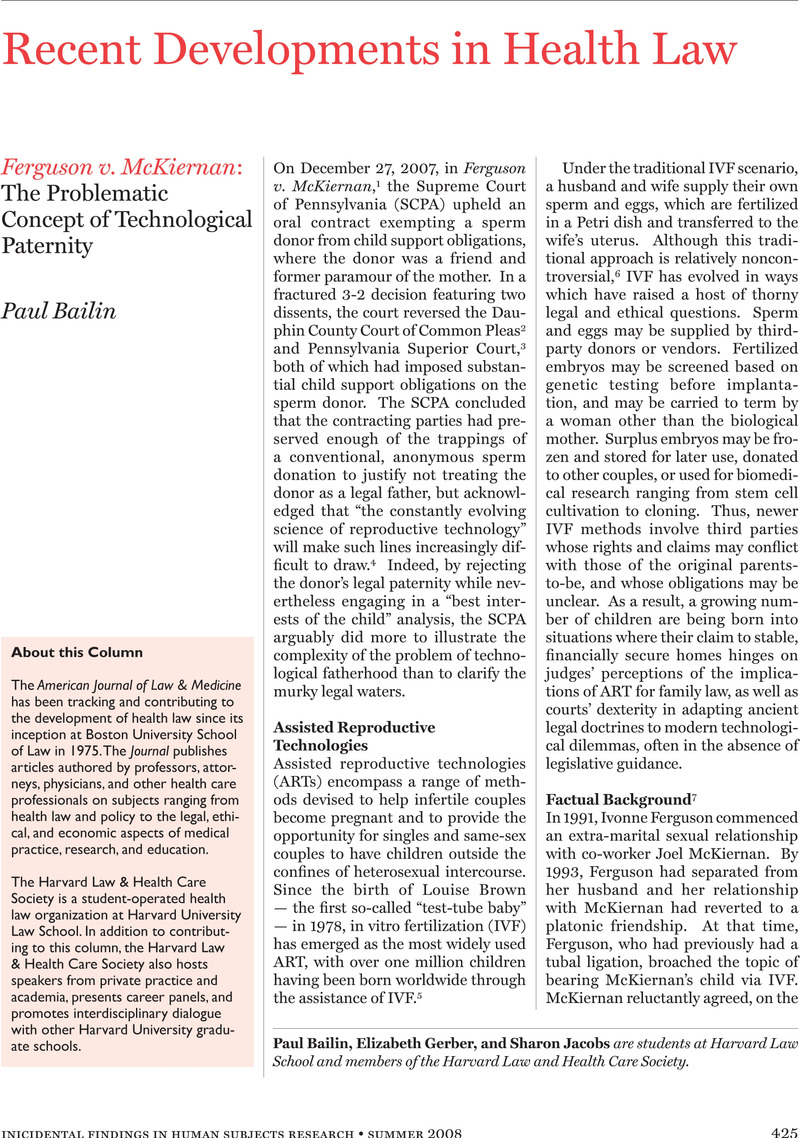Crossref Citations
This article has been cited by the following publications. This list is generated based on data provided by Crossref.
Martin, Dominique
2010.
Medical travel and the sale of human biological materials: Suggestions for ethical policy development.
Global Social Policy,
Vol. 10,
Issue. 3,
p.
377.



